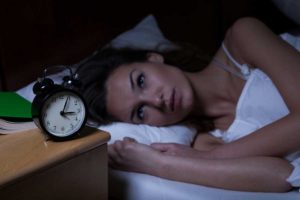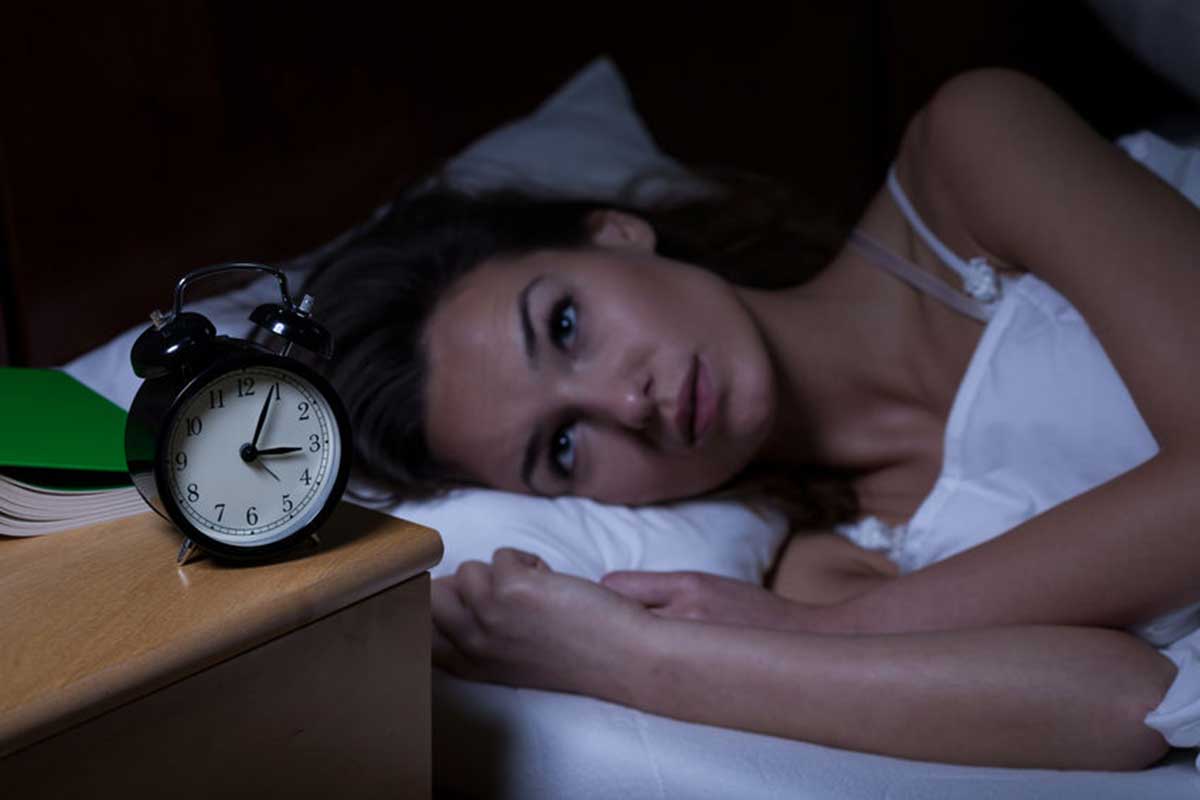Amy Higgins
Your sleep problems may be caused by your busy lifestyle or your old, worn-out mattress. But continual sleep problems also could be an indication that you have a medical condition. The National Institutes of Health (NIH) estimates that 50 million to 70 million Americans have chronic sleep disorders.

Functioning properly can be difficult for those who are over-tired. But not getting enough sleep also can affect your safety and the safety of those around you. More than 100,000 crashes are caused by drowsy drivers every year, leading to 40,000 injuries and 1,550 deaths, according to the National Highway Traffic Safety Administration.
Drowsiness is not the only result of a lack of sleep. Sleep disorders have been linked to more grave health risks, such as hypertension, diabetes, obesity, depression, heart attack and stroke, according to the National Sleep Foundation.
Given the serious consequences of not getting a good night’s sleep, it’s important to know how to get help from your doctor — and your health insurance company.
Getting covered
Health insurance generally covers the diagnosis and treatment of sleep disorders, if they are medically necessary. For example, Aetna covers approved sleep studies if the patient has symptoms of obstructive sleep apnea. It does not, however, cover diagnostic techniques that it considers experimental.
Snoring alone (without obstructive sleep apnea) is not enough to warrant coverage, according to Aetna. But if you do have sleep apnea, the insurer will cover therapy, surgery, oral appliances or machinery to assist with breathing if they’re medically necessary.
To find out what your insurer does and does not cover, check your policy.
Types of sleep disorders
Sleep disorders include insomnia, sleep apnea, restless legs syndrome, narcolepsy and various parasomnias, according to NIH.
- Insomnia: Those who suffer from insomnia have difficulty falling asleep or staying asleep.
- Sleep apnea: Sleep apnea is a disorder that interrupts breathing for seconds or even minutes.
- Restless legs syndrome: With this condition, a person experiences a tingling sensation that makes it difficult to relax the legs.
- Narcolepsy: Narcolepsy renders people unable to control their sleep-wake patterns. In other words, they unwillingly fall asleep in the middle of conversations, while at work or even while driving. According to the National Institute of Neurological Disorders and Stroke, narcolepsy with cataplexy (a sudden loss of muscle control) affects about one in every 3,000 Americans.
- Parasomnias: Parasomnias are other types of sleep problems, which include night terrors, sleepwalking, teeth grinding and bed wetting.
Getting help
You may want to be evaluated by a doctor if you think you have a sleep disorder. The National Sleep Foundation suggests asking yourself these questions to determine whether a sleep evaluation would benefit you:
- Do you regularly have difficulty getting to sleep or staying asleep?
- Have you been told that you snore or that you gasp for breath while you’re asleep?
- Are your legs “active” at night? Do you experience tingling, itching, aching or other strange feelings in your legs while sitting or lying down that cause a strong urge to move your legs for relief?
- Are you so tired when you wake up in the morning that you can’t function normally during the day?
- Do your sleepiness and fatigue persist for more than a few weeks?
A sleep study can pinpoint your sleep disorder. Sleep studies generally require patients to stay at a sleep lab, usually for a night or two, so that their sleep patterns can be evaluated. Electrodes and monitors are placed on the patient’s head, chest and legs to assist in the evaluation. In some sleep studies, patients are under physician’s orders to be given therapy like medication, oxygen or a device that helps them breathe, according to the National Sleep Foundation.
During the study, the sleep technologist records the sleeping patient’s brain wave activity, eye movement, muscle control, heart rhythm and breathing, according to the National Sleep Foundation. That recorded information then is analyzed to help identify the patient’s sleep disorder and determine a course of treatment.
